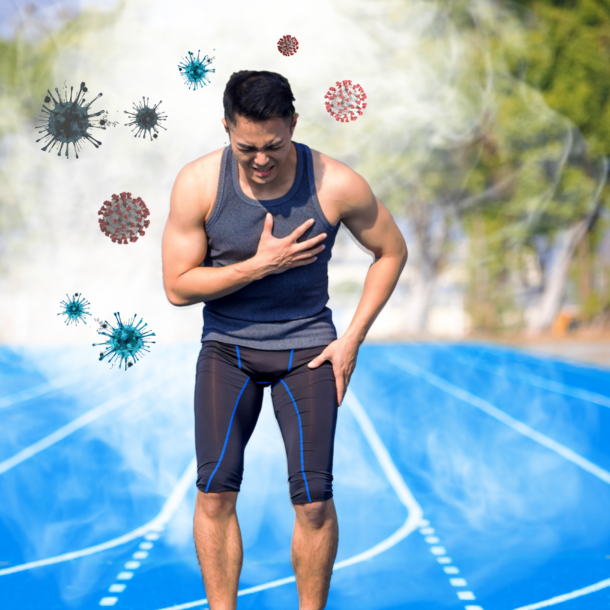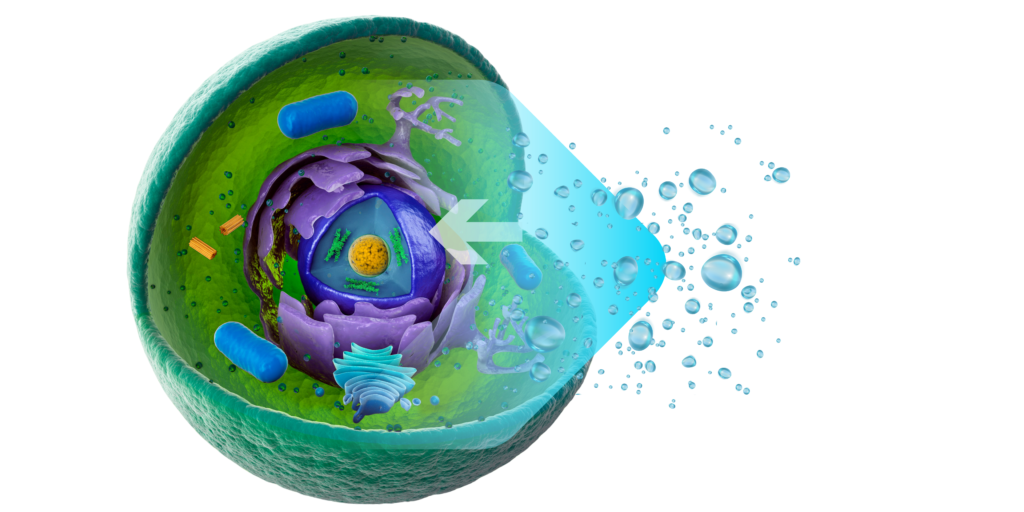
Hydration 101
We all know that hydration is essential, and you can’t be an ‘athlete’ unless you have a hydration drink or some formula currently on sale, right?
This time around, we’re giving you the breakdown of hydration and what exactly is the answer to these questions;
- What about pure old-fashioned H2O?
- What’s the balance if I’m doing longer workouts?
- How much and when if I’m training?
It’s time to dive deep into hydration!
The science behind hydration
Water is primarily taken up into the bloodstream via the gut. Interestingly the stomach can absorb water directly through the stomach wall, but the intestines are where the majority of water is absorbed (90-95%).
Most of this absorption process happens passively through osmosis but depends on a gradient of mineral ions in the intestines.
If you have more mineral ions (in particular sodium) in your body, then osmosis across the intestinal wall occurs easily, and your body draws water into it.
If you have fewer mineral ions in your gut, then osmosis doesn’t happen, and the water stays in your intestines to keep your gut diluted and passes through on the way to being excreted.
We can see a rather extreme example of this process when we consider that drinking seawater (with very high levels of sodium) actually pulls water out of your body as it attempts to dilute your gut and dehydrates you rapidly.

When is water the best option?
Plain water will be the best option if your session is weightlifting based, short in duration (less than an hour) and/or taking place in moderate temperatures that don’t cause a high sweat rate from thermoregulation.
Your gut will be relatively free of sodium (as you’re just drinking water). Still, then your body will not be losing enough sodium through sweat to affect the concentration of ions around the gut, so water will be drawn into your body across the gradient.
If you sweat a lot or you’re training in a warm/hot environment, then it’s a good idea to add a little more sodium in the form of salt to your post-workout meal (just the first meal you have after training) but would not necessarily be needed during your workout.
What should it feel like if I’m training for longer periods?
More factors come into play when we are training for longer periods like this:

We need to factor in replenishing mineral ions that just water alone cannot provide.
The main compounds you need to look at replenishing would be glucose and sodium, with potassium coming in close behind.
If you are a heavy sweater, training for a long duration (over 90 minutes) and/or in a hotter training environment, then the loss of sodium and potassium in the body and increased water intake will start to have negative effects on muscular contractions, neural connections, the glycolytic/anaerobic energy system and more.
Replenishing electrolytes during your session will help negate these effects. Preemptively and strategically taking on board water with electrolytes and a small amount of glucose will be the best strategy to maximize your performance, as relying on thirst as an indication of hydration levels while exercising will not be adequate. It’s a good system to use when at rest, but under exercise conditions (especially heavy sweat and heat), it doesn’t keep up with the demand placed on your body.
Putting it all together
Rule number 1 for hydration is: Keep it simple.
For short-duration sessions, water is sufficient for hydration purposes. Look to take on board an extra 500-1000ml throughout the session.
For longer sessions or training in hot environments, include electrolytes with your water intake.
Plan on taking in roughly 1000ml per hour, and bear in mind that studies have shown that the best way to absorb water during sessions is in larger amounts rather than sips at a time. So aim to take on 250-400ml at a time; however, this depends on the type of session and what you can stomach at the time.
If no fluids are going to be given during exercise or you are going to be working for very long periods of time (2 hours or more), you can help mitigate issues by pre-hydrating in the following way:
- An extra 500ml of fluid the night before exercise
- 500 ml in the morning
- 500 to 1000 ml, 1 hour before exercise
- 250 to 500ml, 20 minutes before exercise
- You can preemptively get electrolytes on board in the morning if you are in hot environments to offset the delay of gastric transit and water absorption.
Time to get out there and start practising those hints and tips. Remember, as always, if you are looking for more information or access to coaches on topics like this, then come join us in the Crew as we help you on your journey to being a better human.
No products in the cart.


